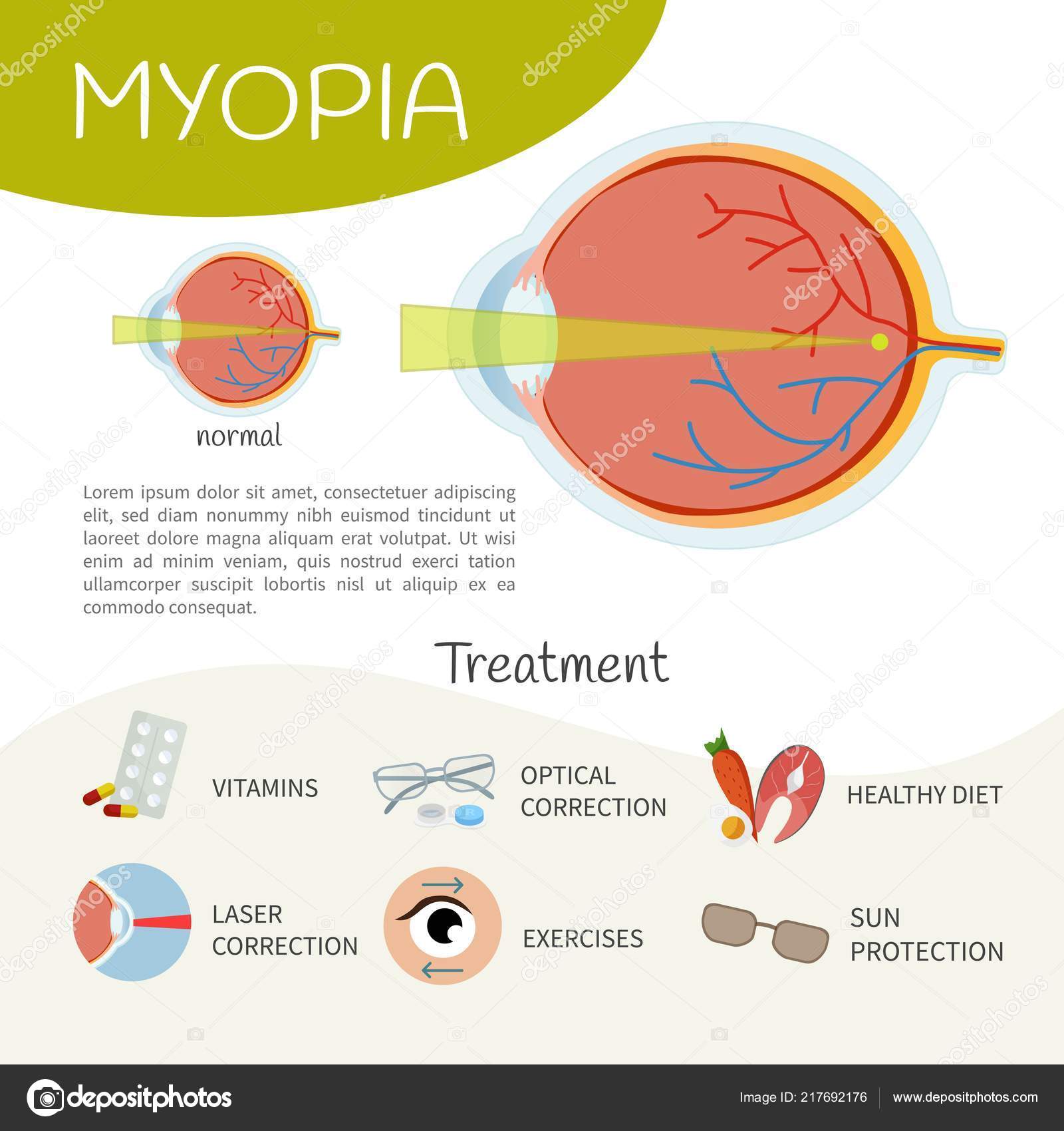Lens Substitute Surgical Treatment: A New Frontier In Visual Improvement

Write-Up Author-Fallesen Boesen
Picture a future where you no longer have to count on glasses or call lenses to see clearly. A future where vision correction is as simple as a quick, painless treatment.
Well, that future is closer than you could assume. Introducing refractive lens exchange, a cutting edge strategy to remedying your vision that can change the method you see the world.
Yet just what is refractive lens exchange, and why is it thought about the future of vision correction? In this discussion, we will check out the benefits, the procedure, and the possible threats of refractive lens exchange, offering you a peek right into what exists ahead for those seeking more clear vision.
The Advantages of Refractive Lens Exchange
Refractive Lens Exchange uses numerous advantages for people seeking vision correction. By changing your all-natural lens with a fabricated intraocular lens, this treatment can correct a wide range of vision troubles. One of the main benefits of refractive lens exchange is the enhancement in visual acuity. Whether you're myopic, farsighted, or have astigmatism, this procedure can dramatically boost your capacity to see plainly without relying on glasses or call lenses.
In addition, refractive lens exchange can additionally avoid the development of specific eye conditions, such as cataracts. This implies that not just will you attain better vision, however you'll additionally have a decreased threat of establishing cataracts in the future.
With refractive lens exchange, you can take pleasure in improved vision and a better of life.
The Procedure for Refractive Lens Exchange
When going through refractive lens exchange, the surgeon will certainly begin by making a tiny cut in your cornea. This permits them to access the lens of your eye and remove it.
Below are five essential actions associated with the treatment:
- The specialist will thoroughly separate the lens making use of ultrasound waves or lasers.
- After removing the lens, they'll insert a brand-new artificial lens, called an intraocular lens (IOL), right into your eye.
- The IOL is made to fix your particular vision issues, such as nearsightedness, farsightedness, or astigmatism.
- Once the brand-new lens is in location, the cosmetic surgeon will certainly close the cut with tiny stitches or self-sealing strategies.
- The entire procedure normally takes less than thirty minutes and is generally carried out on an outpatient basis.
Adhering to these actions, refractive lens exchange can provide you with enhanced vision and lower your dependence on glasses or get in touch with lenses.
Prospective Dangers of Refractive Lens Exchange
Before undergoing refractive lens exchange, it is very important to understand the potential dangers connected with the treatment. While https://postheaven.net/danutamatt/checking-out-the-advantages-of-kamra-inlay-for-maturing-vision is normally considered secure, like any type of surgery, there are dangers involved.
One potential threat is infection, which can take place if germs enters the eye during or after the surgery. Another risk is the advancement of raised intraocular pressure, which can bring about glaucoma. Additionally, there's a small chance of experiencing corneal edema, which is the swelling of the cornea.
Various other prospective risks consist of retinal detachment, macular edema, and loss of vision. It's crucial to review these threats with your surgeon and weigh them versus the potential benefits prior to choosing.
Surgical Flap have it, folks! Refractive lens exchange is absolutely the future of vision correction. With its numerous benefits and advancements in modern technology, this treatment offers a life-altering option for those battling with their vision.
However remember, every increased has its thorns. While refractive lens exchange might bring clarity, it's important to be familiar with the potential threats involved. So, before taking the leap, weigh the advantages and disadvantages, and seek advice from your ophthalmologist.
After all, much better safe than sorry!

